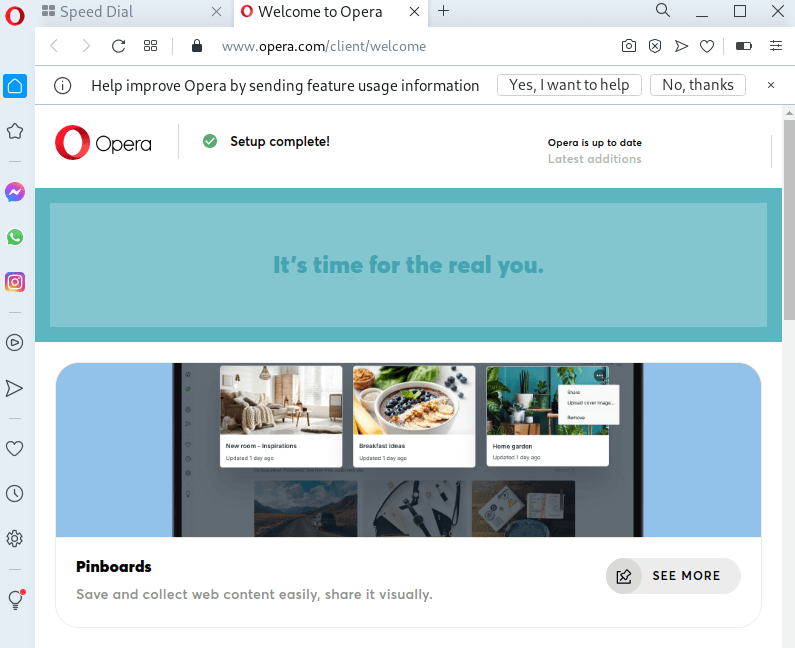

Now, we will check for the next step, which is pip installation for python. Note − /usr/local/bin/python is the path of the Python directory Install PIP Type PATH="$PATH:/usr/local/bin/python" and press Enter. Type export ATH="$PATH:/usr/local/bin/python" and press Enter. Type setenv PATH "$PATH:/usr/local/bin/python" and press Enter. To add the Python directory to the path for a particular session in Unix − In the csh shell usr/local/lib/pythonXX where XX is the version of Python. This installs Python at standard location /usr/local/bin and its libraries at Editing the Modules/Setup file if you want to customize some options.Follow the link to download zipped source code available for Unix/Linux.If the test was successful, you should have printed the top headline from github.Let us now see a few simple steps to install Python on Unix/Linux machine. Text = driver.find_element_by_class_name('h000-mktg').text Simply SSH into your EC2 instance, enter a python3 environment and run the following script: from import Options I’ve created a python script that you can use to make sure everything is working correctly. Options.add_argument("-disable-dev-shm-usage")ĭriver = webdriver.Chrome(options=options) Options.add_argument("-disable-infobars") Options.add_argument("enable-automation") If you still need to setup pip3 on your EC2 instance, you can visit this post here.Īdding Arguments To Your Selenium ChromeDriverįrom my initial testing, I would recommend adding all of the following arguments when initialising selenium in a production environment: from import Options Now install selenium for python 3x with the following command: pip3 install selenium -user Its’ worth double checking that your chromedriver and google chrome versions are the same version. The google-chrome –version & which google-chrome commands allow you to view whether the installation was successful and the current version of chrome.

The google-chrome binary is then moved into usr/bin (by default linux expects your google chrome executable be within this directory.Curl downloads the google-chrome binary.Google-chrome -version & which google-chrome

Sudo mv /usr/bin/google-chrome-stable /usr/bin/google-chrome Then you’ll need to download and install the Google Chrome binary for your EC2 instance.


 0 kommentar(er)
0 kommentar(er)
